发动机悬挂支架压铸成形工艺分析及模具设计(含CAD图,SolidWorks三维图)
来源:56doc.com 资料编号:5D21995 资料等级:★★★★★ %E8%B5%84%E6%96%99%E7%BC%96%E5%8F%B7%EF%BC%9A5D21995
资料以网页介绍的为准,下载后不会有水印.资料仅供学习参考之用. 密 保 惠 帮助
资料介绍
发动机悬挂支架压铸成形工艺分析及模具设计(含CAD图,SolidWorks三维图)(任务书,开题报告,外文翻译,论文说明书12000字,CAD图9张,SolidWorks三维图)
摘要
本课题围绕汽车发动机悬挂支架压铸模具设计展开。在铝合金压铸的大背景下,借助数值软件进行压铸充型过程模拟,通过改变成型参数和浇注系统方案,比较分析多次模拟结果并将其用于浇注系统优化及排溢系统设计。选用最佳浇注系统方案,借助手册进行压铸模具模架系列零件、成型零件、抽芯机构、推出机构等的设计。设计完成后,根据相关原则进行压铸机性能校核、模具闭合厚度校核、动模座板行程校核等工作。梳理模具工作原理,对模具开合模过程进行详细描述。
关键词:铝合金压铸,数值模拟,压铸模具设计
ABSTRACT
This topic is centered on the design of die casting die for suspension bracket of automobile engine. Under the background of aluminium alloy die casting, the filling process of die casting is simulated by means of numerical software. By changing the forming parameters and the gating system scheme, the simulation results are compared and analyzed and applied to the optimization of the gating system and the design of the overflow system. With the help of manual, the design of die casting mould frame series parts, forming parts, core-pulling mechanism and push-out mechanism is carried out by choosing the best gating system scheme. After the design is completed, the performance check of die casting machine, the closure thickness check of die and the travel check of moving die base plate are carried out according to the relevant principles. The working principle of the combing die is sorted out and the process of opening and closing the die is described in detail.
Key words: Aluminum alloy die casting, numerical simulation, die casting die design
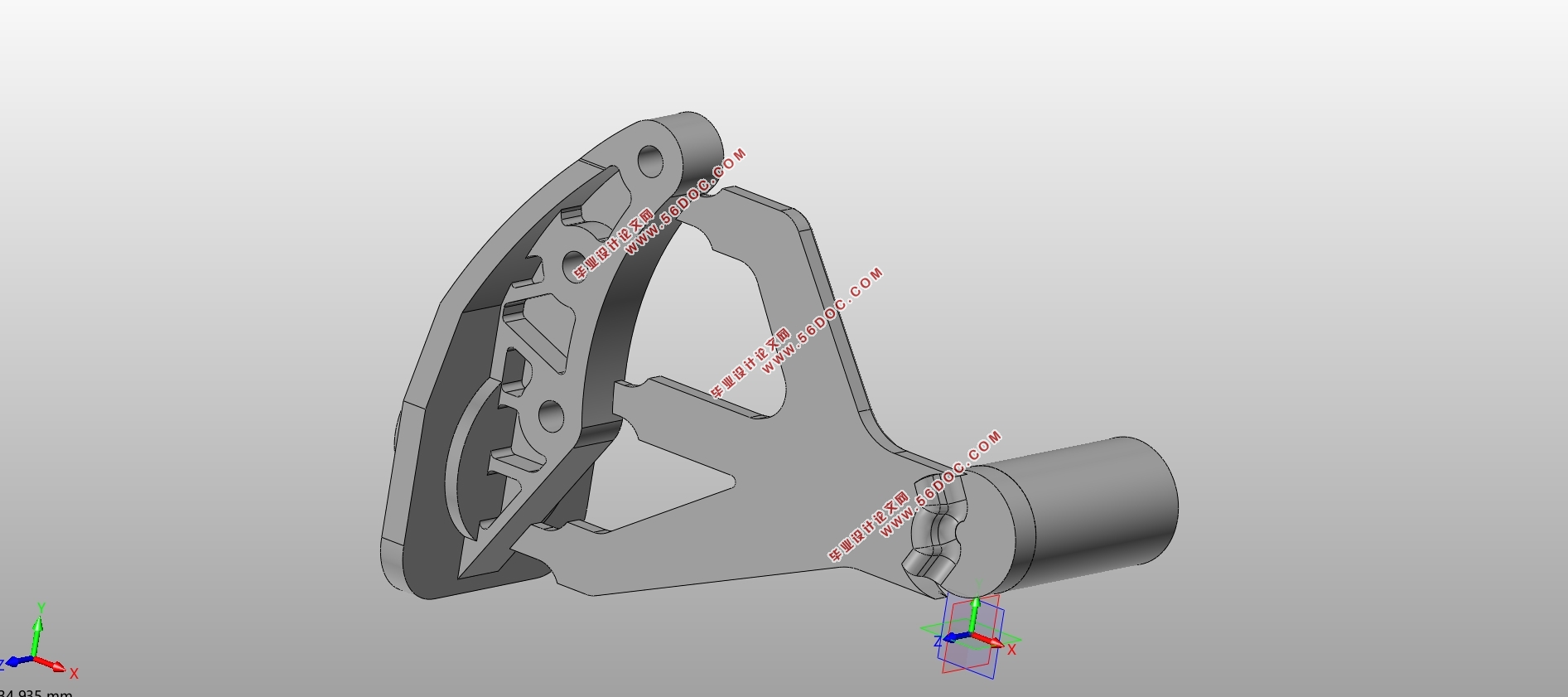
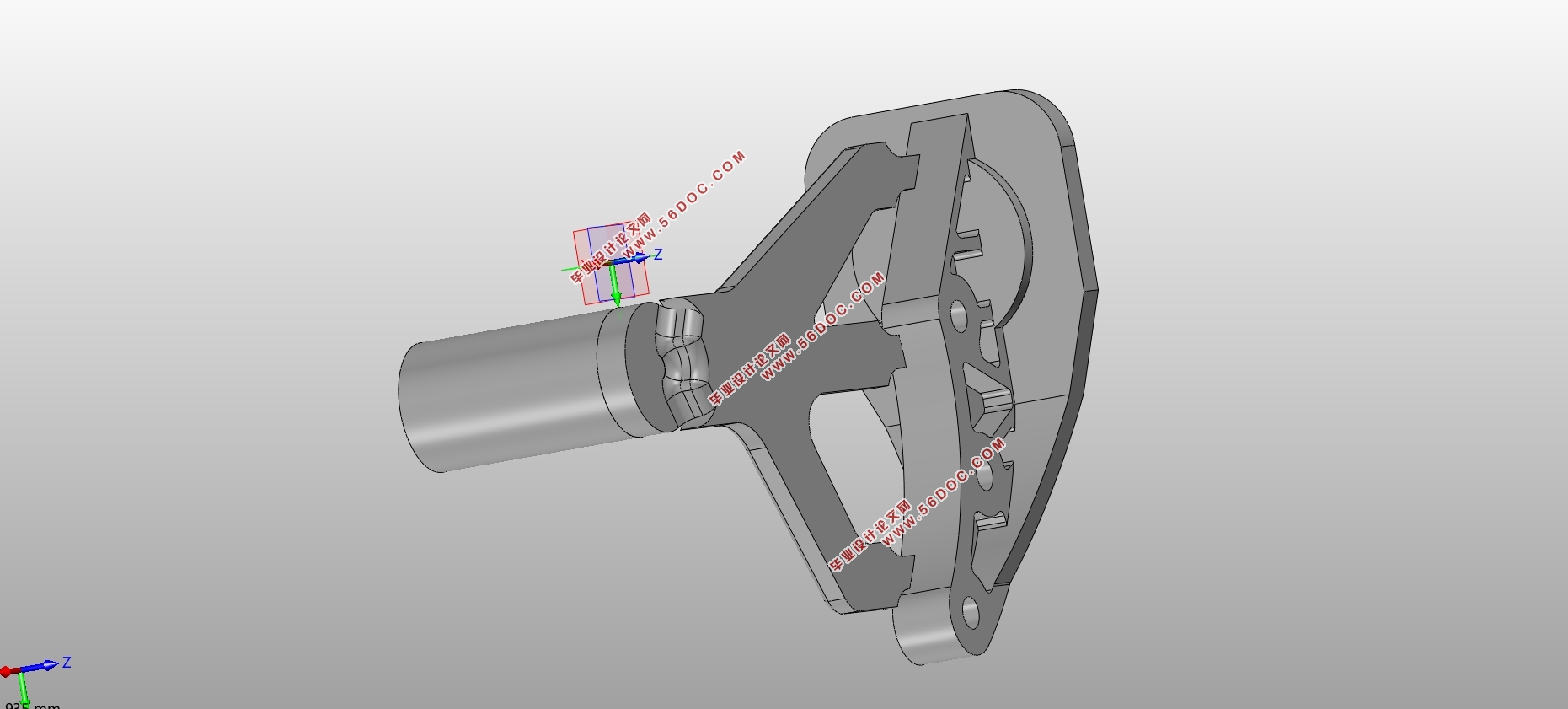
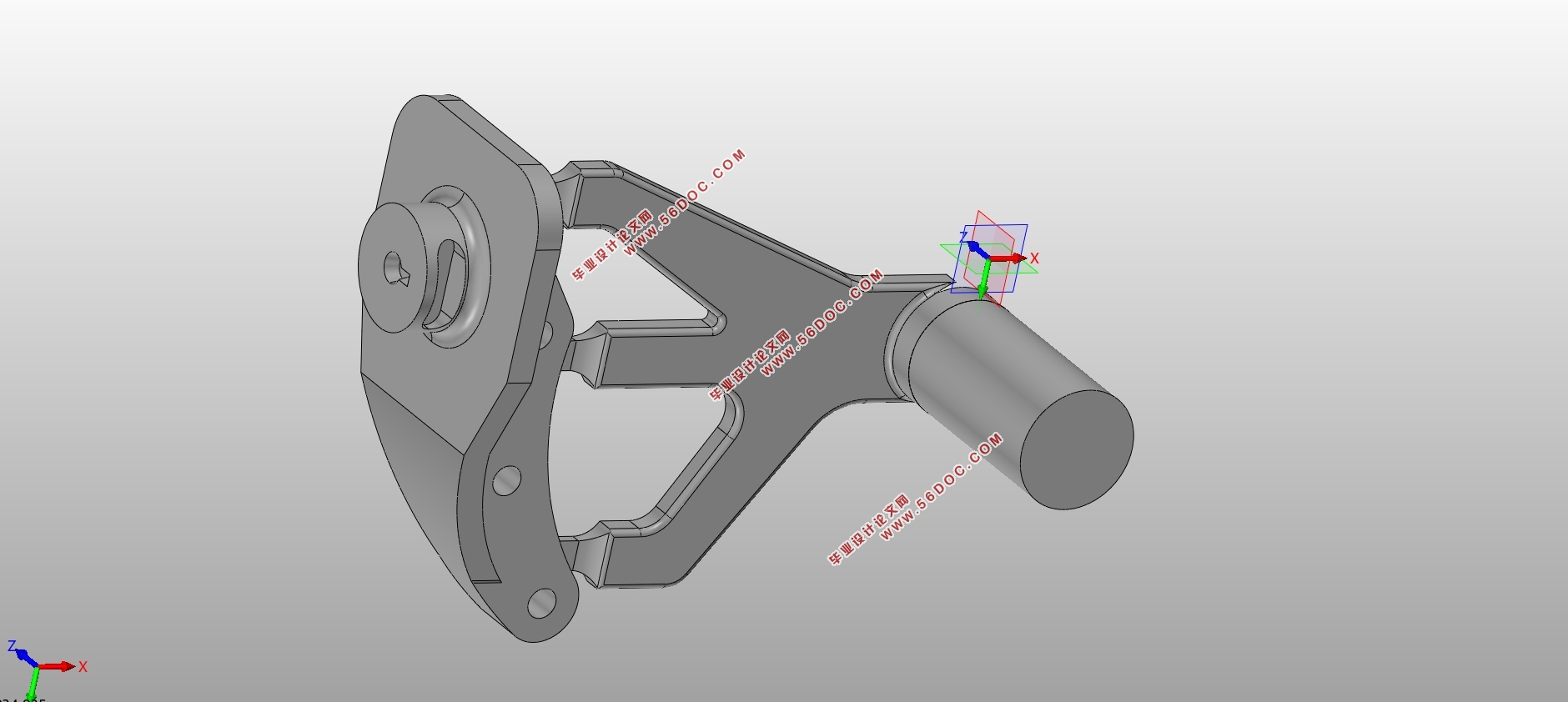
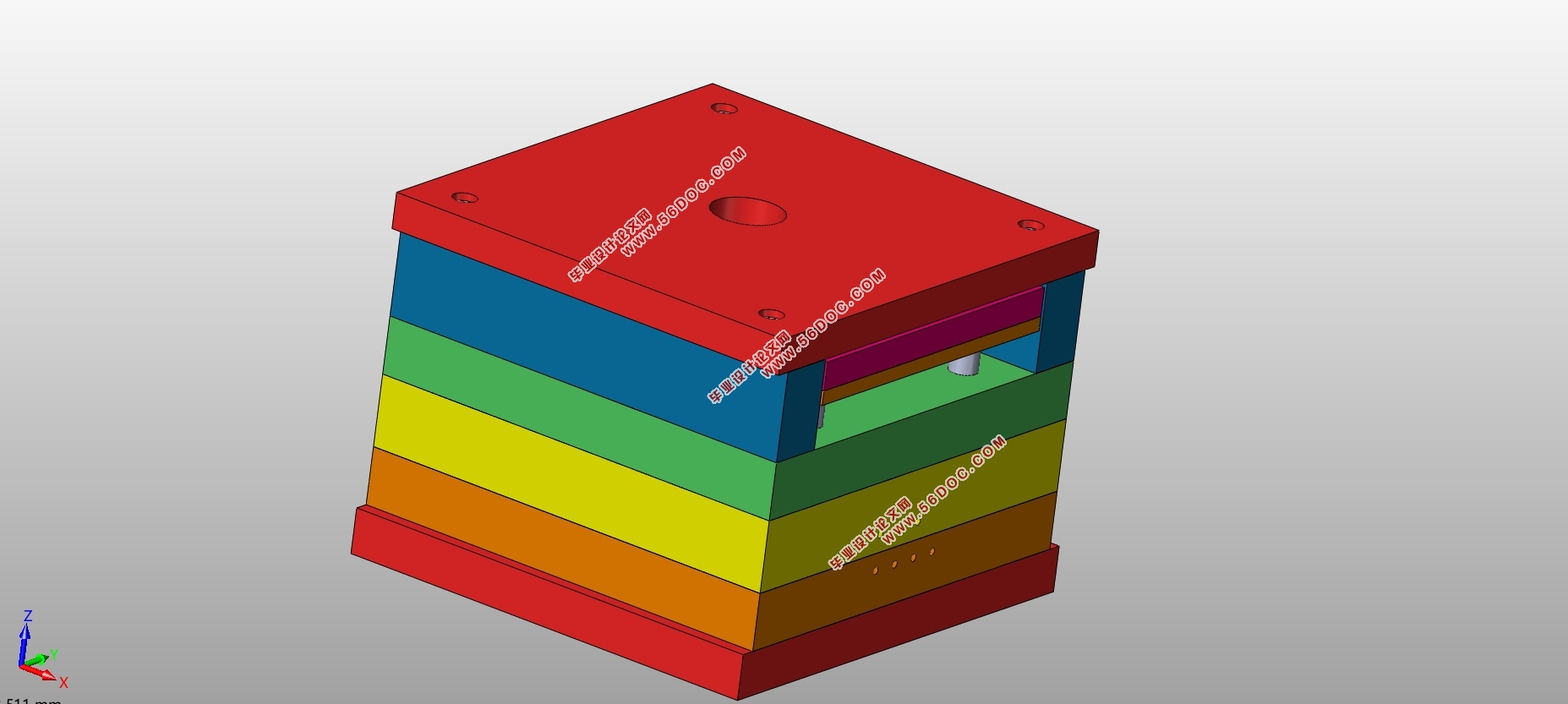

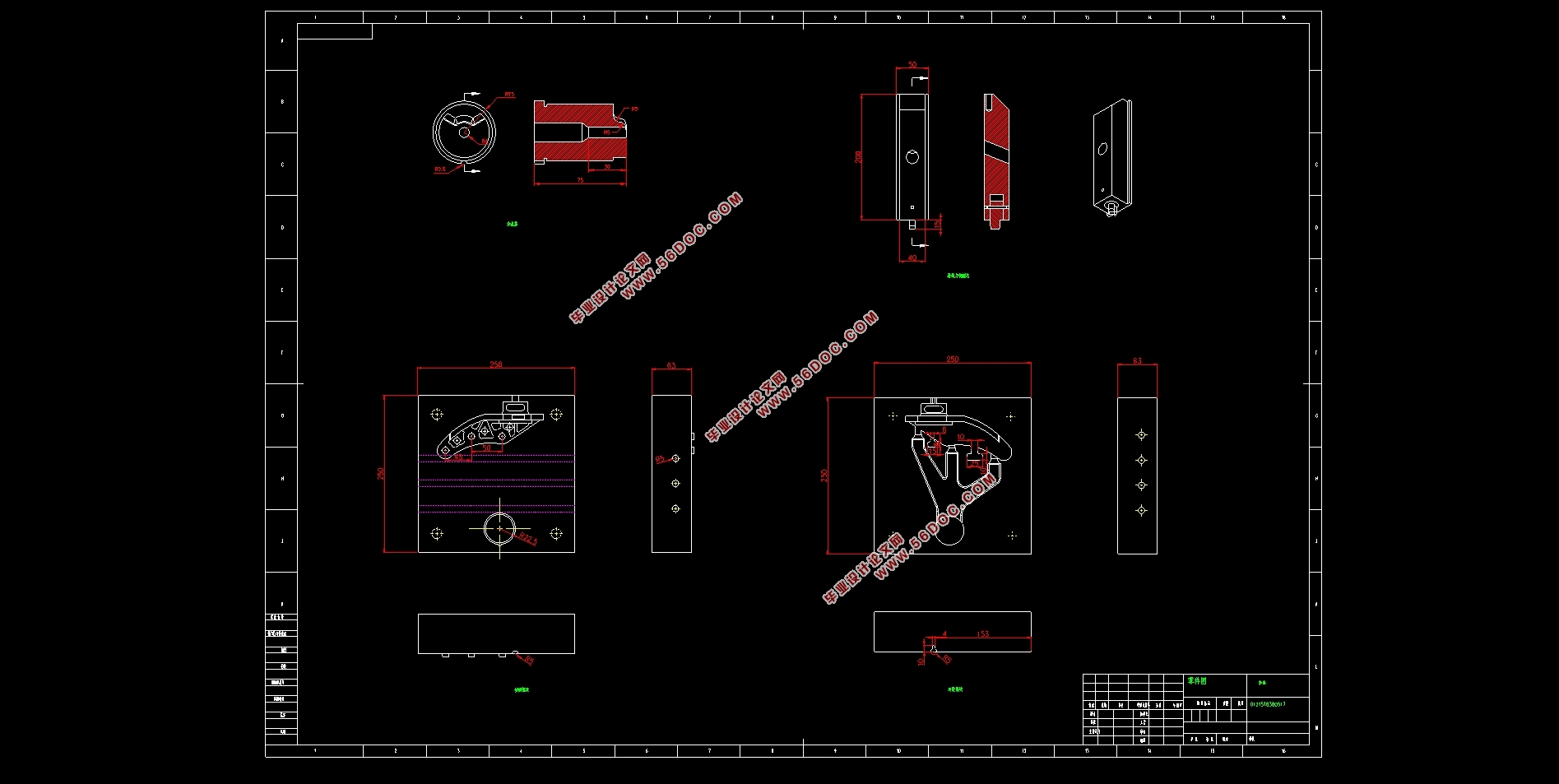


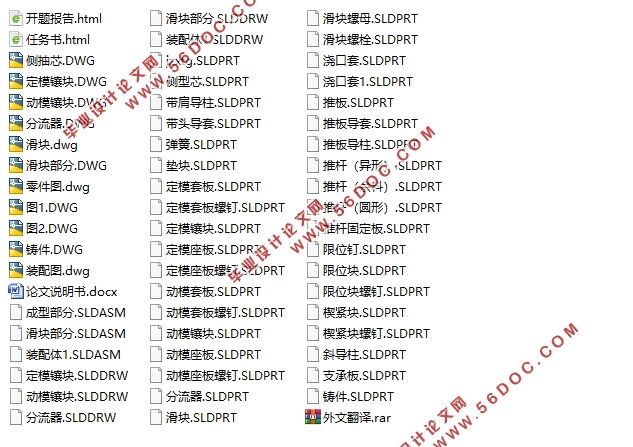
目录
第1章 绪论 1
1.1 压铸技术发展现状 1
1.2 金属充填理论 1
1.3 CAD/CAE技术在压铸行业的应用概述 2
1.4 选题背景及意义 2
1.5 本课题主要内容 3
第2章 成型工艺确定 4
2.1 压铸件基本参数 4
2.2 铸造工艺参数选择 5
2.2.1 压力 5
2.2.2 温度 6
2.3 分型面的确定 7
2.4 型腔布置形式确定 7
2.5 初选压铸机 7
2.5.1 压铸机锁模力的计算 7
2.5.2 确定压铸机型号 8
2.5.3 压铸机部分指标校核 9
2.6本章小结 10
第3章 浇注系统建立及数值模拟 11
3.1 浇注系统的建立 11
3.1.1 内浇口设计 11
3.1.2 直浇道设计 12
3.1.3 横浇道设计 12
3.2 数值模拟基本参数设定及过程 13
3.2.1 网格状态 13
3.2.2 数值模拟基本参数设定 14
3.2.3 数值模拟结果与分析 15
3.3 浇注系统优化 16
3.4 溢流槽设计 18
3.5 本章小结 19
第4章 压铸模具设计 20
4.1 模架设计 20
4.2 成型零件设计 20
4.3 侧抽芯机构设计 22
4.3.1 抽芯距离计算 22
4.3.2 斜销设计 23
4.4 推出、复位机构设计 23
4.5 压铸模具的校核 25
4.5.1 模具厚度校核 25
4.5.2 动模座板行程校核 25
4.6 本章小结 25
第5章 模具工作原理与装配 27
5.1 模具工作原理 27
5.2 模具装配情况 27
第6章 经济性分析 29
6.1 模具报价计算方法 29
6.2 模具报价计算 29
第7章 结论 32
参考文献 33
致谢 34
|



















